i need advice on overwintering pots
i-like-to-grow
11 years ago
Related Stories

LIFEGet the Family to Pitch In: A Mom’s Advice on Chores
Foster teamwork and a sense of ownership about housekeeping to lighten your load and even boost togetherness
Full Story
HEALTHY HOMEHow to Childproof Your Home: Expert Advice
Safety strategies, Part 1: Get the lowdown from the pros on which areas of the home need locks, lids, gates and more
Full Story
FARM YOUR YARDAdvice on Canyon Farming From L.A.'s Vegetable Whisperer
See how a screened garden house and raised beds help an edible garden in a Los Angeles canyon thrive
Full Story
KITCHEN DESIGNSmart Investments in Kitchen Cabinetry — a Realtor's Advice
Get expert info on what cabinet features are worth the money, for both you and potential buyers of your home
Full Story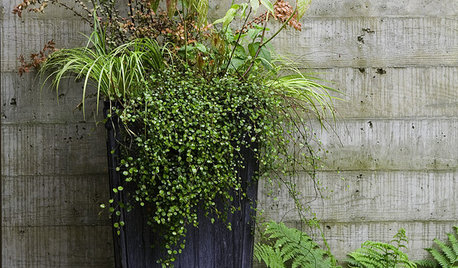
GARDENING GUIDESThe Secret Formula for Grouping Plants in a Pot
Designing a gorgeous container garden is easy once you know this simple rule of thumb for composition
Full Story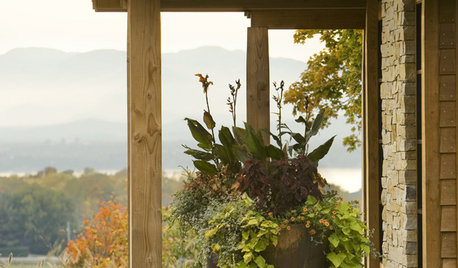
GARDENING GUIDESGrow a Beautiful Fall Garden in a Pot
Welcome autumn with 7 gorgeous plants that thrive in containers and enliven your porch or patio throughout the cooler season
Full Story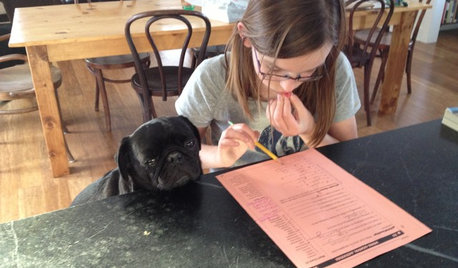
LIFEYou Said It: ‘I Knew This Home Had to Be Mine’ and More Quotables
Design advice, inspiration and observations that struck a chord this week
Full Story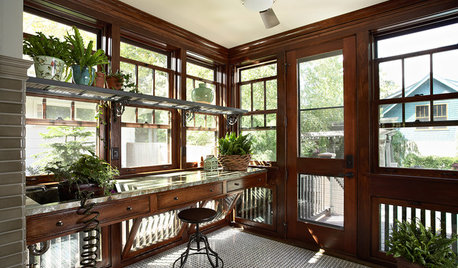
WINTER GARDENINGWinter Gardening: Ideas for a Dream Potting Room
Check out potting rooms that get indoor gardening right — and learn tips for creating your own
Full Story
STUDIOS AND WORKSHOPSRoom of the Day: Potting and Puttering in Toasty Warmth
Minnesota winters are no match for this heated potting room, mudroom and changing room, which even has a dog shower
Full Story
SPRING GARDENINGHow to Grow a Rose Garden in Pots
Everything can come up roses, even without a plot of soil in sight. This step-by-step guide to growing roses in containers shows you how
Full StoryMore Discussions






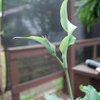
i-like-to-growOriginal Author
lavenderlver
Related Professionals
Aloha Landscape Contractors · Bound Brook Landscape Contractors · Darien Landscape Contractors · Fort Hunt Landscape Contractors · La Mirada Landscape Contractors · Los Banos Landscape Contractors · San Bruno Landscape Contractors · Setauket-East Setauket Landscape Contractors · Raynham Driveway Installation & Maintenance · Crestwood Driveway Installation & Maintenance · San Mateo Fence Contractors · Tacoma Fence Contractors · Wilmette Fence Contractors · Bel Air Solar Energy Systems · Orinda Solar Energy Systemsbkay2000
i-like-to-growOriginal Author
ken_adrian Adrian MI cold Z5
hosta_freak
i-like-to-growOriginal Author
i-like-to-growOriginal Author
Steve Massachusetts
i-like-to-growOriginal Author
dg
leafwatcher
bkay2000
i-like-to-growOriginal Author
i-like-to-growOriginal Author
bkay2000
i-like-to-growOriginal Author
ilovetogrow z9 Jax Florida
Babka NorCal 9b
i-like-to-growOriginal Author
Babka NorCal 9b
i-like-to-growOriginal Author
User
Babka NorCal 9b
i-like-to-growOriginal Author
trudy_gw
tapla (mid-Michigan, USDA z5b-6a)
Steve Massachusetts
tapla (mid-Michigan, USDA z5b-6a)